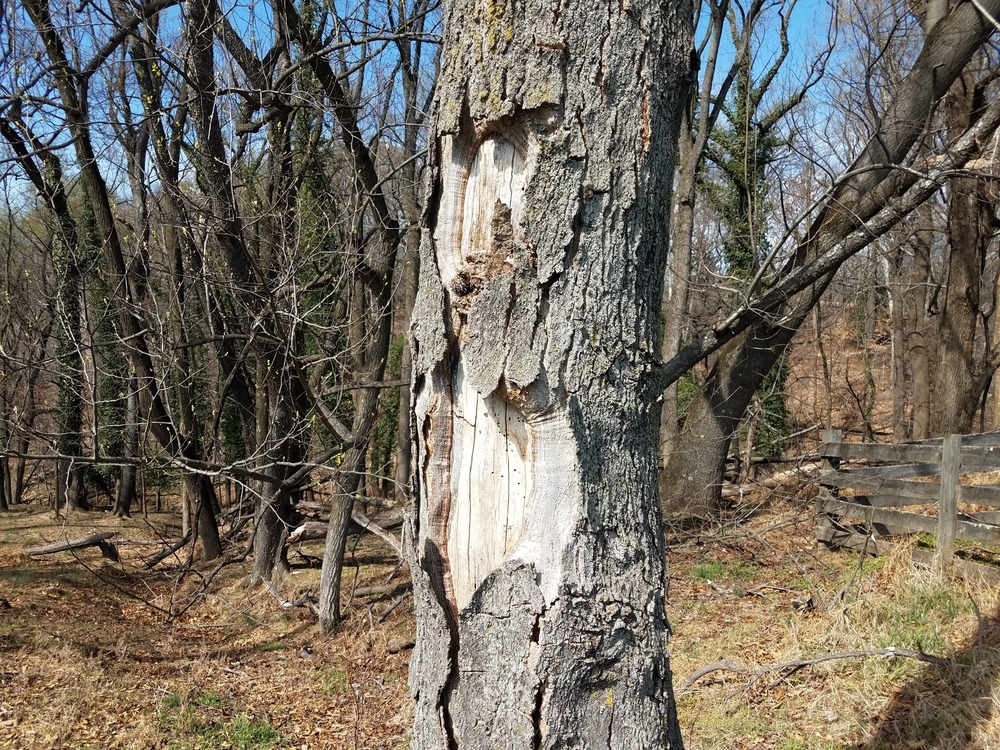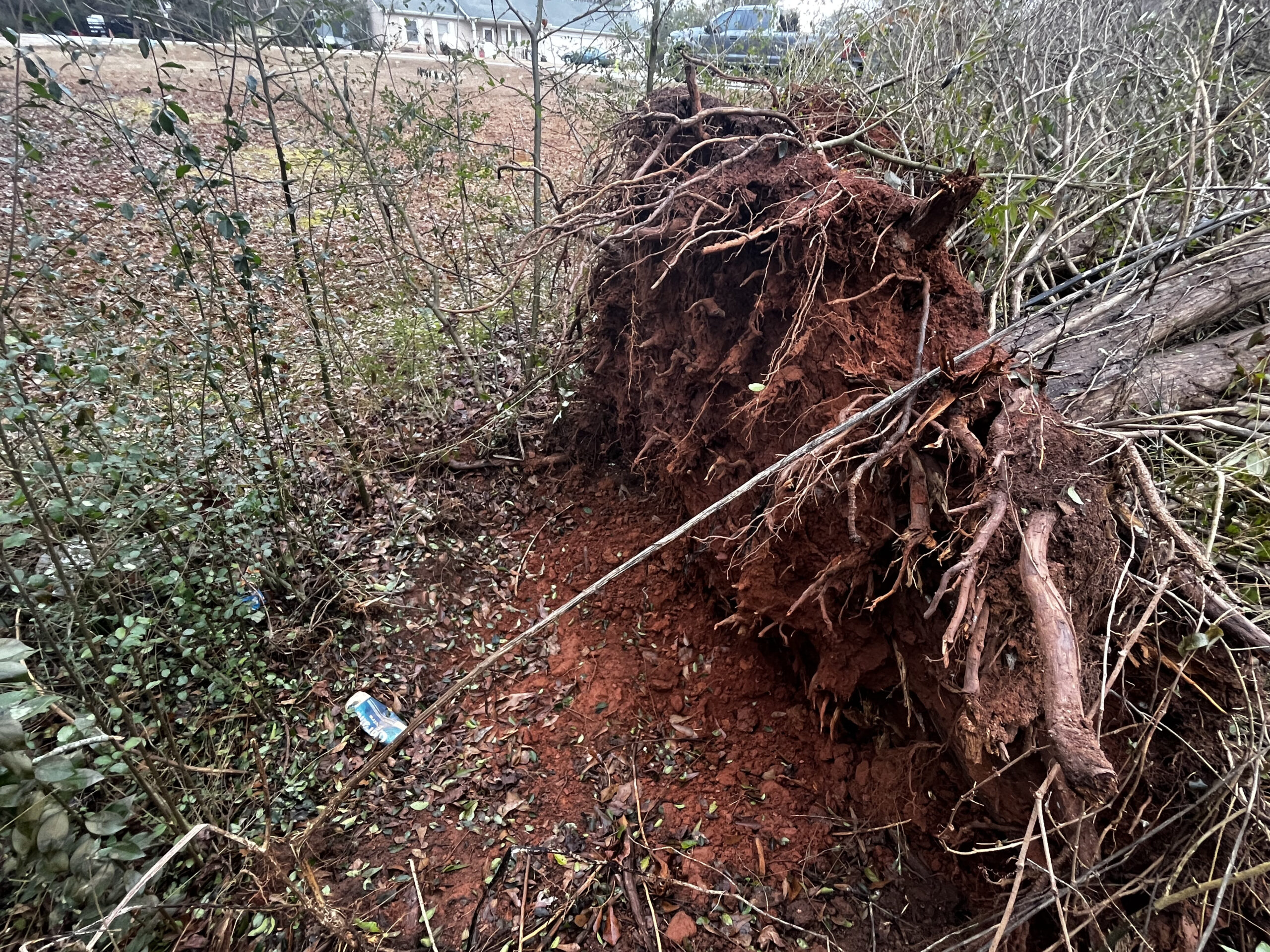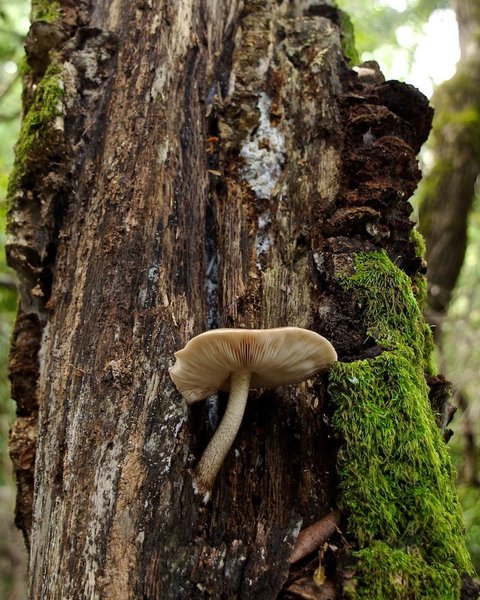
HOW TO IDENTIFY A DEAD TREE
Examining dead trees is a crucial aspect of the work of an arborist. It's critical to spot dead trees before they do harm to people or property since they can pose a major risk to both. When examining dead trees, an arborist looks for a number of indicators. They consist of:

Absence of Leaves: One of the most glaring indications that a tree is dead is its absence of leaves. A tree is probably dead or dying if it has no leaves.

Fungal or Rot: Fungi growing on, near, or in the tree's trunk or root flare can indicate degradation. The deterioration may weaken the tree and increase its risk of falling over.
Cracks in the Trunk: A dead tree will also have cracks in its trunk. These splits could be a sign that the tree is frail and might topple over.
Leaning: A leaning tree may indicate that it is unstable and in danger of tumbling over.
An arborist will evaluate the risk that a dead tree poses and decide the best course of action once they have located it. The tree might need to be totally removed in some circumstances.
An arborist will carefully arrange the removal of a dead tree to ensure that it is done properly and without causing damage to nearby structures or property. They might advise substituting a new tree for the one that was cut down in the same spot.
Overall, a crucial aspect of an arborist’s job is checking dead trees. Arborists can contribute to the protection of people, property, and future generations by detecting and removing dead trees from our woods and urban areas.